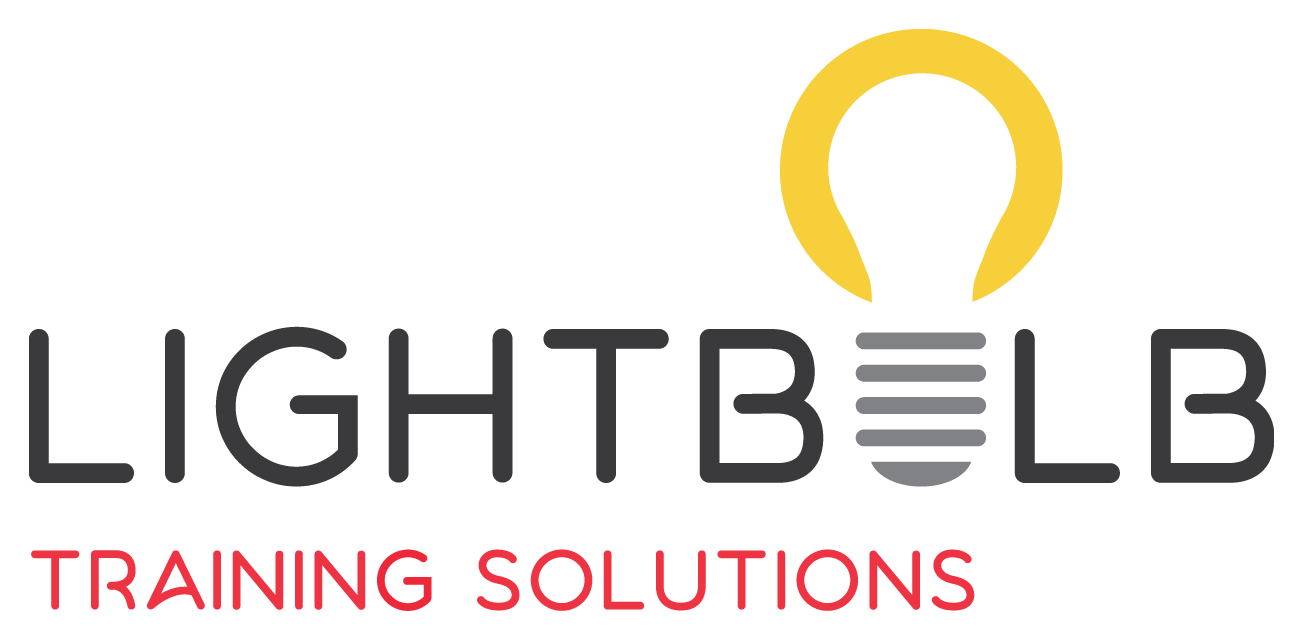The training tradition that wastes time and money
Recently I went to a training event as an attendee. I was really looking forward to this event but as soon as I arrived, I knew it was going to be a hard day.
Upon arriving at the venue, I was greeted by…no-one. There was a sign directing me to the room and after poking my head into 2 other rooms first ( I’m hopeless at following written directions) I arrived at the correct room to find it set up classroom style and not a window in sight.
The event started 15 minutes later than scheduled and the presenter launched straight into the content - no housekeeping, no introductions. 2 hours in, no one except the presenter had spoken.
2 hours of 25 attendees hearing a presenter, but not really listening.
I know this because when we did get a break, we all shared our thoughts and agreed that we were sitting in that room wondering…. when and if we could ask a question, how long before the presenter needed a break, what the weather was like outside, when is coffee time, where are the toliets, why can’t the presenter ‘read the room’ and adjust his style to engage his audience?
Over my career I've attended too many professional development events like I just described. Events about as motivational as watching grass grow and some so over the top with "woo hoo-ing" and hard to consume information (death by power point) that I left with a headache and annoyed at the giant waste of my time - and as a business manager/owner, a giant waste of my budget.
So if you want to avoid that kind of waste - hit print or grab a pen and take note of the below 3 things so you can make your ordinary event, extraordinary.
1/ Natural light. The benefits of natural light are no secret. Research has shown that a room with natural light (the best room is located outside) has a hugely positive effect on people. Natural light can help to promote a sense of team work, create higher levels of motivation and thus support a drive towards greater organisational attachment.
Little surprise then that providing an learning environment that includes natural light is recognised as beneficial for everyone - including the person up the front.
2/ Cabaret style. Classroom style has you staring at backs of heads and feeling like a kid back at School. Not everyone loved School and sitting in a School seating arrangement can make attendees feel negative straight away - not a great start!
Cabaret style has people sitting around a table or in smaller circles. It allows for attendees to sit in small groups, face each other and chat with ease. But don't stop there though - get creative - consider bean bags or pillows or better still, let attendees sit where and how they feel comfortable.
We listen, learn and engage best when we are encouraged to relax physically as this allows us to tune in mentally.
3/ Questions. Unlike my recent experience, an engaging learning event is just that - it engages more than the attendees ears and eyes. It engages their creativity and it should engage their vocal chords too. The quickest way to do this is for the trainer/facilitator to ask thought provoking questions and let the attendees share their insights and ideas.
Questions fire up thinking engines and help to maintain attendee focus. Sharing involves everyone and before you know it, you have vocal energy 'pinging' around the room that allows the trainer/facilitator to take a speaking break. It also allows them to listen and assess the attendees' energy levels and understanding of the content.
I challenge you to break with tradition! No more dark rooms, rows of chairs, death by power point and only one person talking.
Arrange a training event outside, with pillows and bean bags, cushions and comfy chairs. If that's not possible, at least add some natural energy; the type that comes from allowing everyone's voice to be heard. Invite guest speakers, add some music and make time for conversations and sharing.
Lightbulb Training Solutions only use facilitators and trainers who adjust their delivery style to suit the audience and design training that includes hearing from the attendees. We know this makes a positive difference because our customers tell us with words, hugs and high fives.
We help businesses create teams of customer service professionals who love learning and happily attend professional development programs.
Your first step in creating a team of customer service professionals is to contact us today to book your FREE Customer Service Analysis.
By Cate Schreck - Author of The A - Z of Service Excellence

